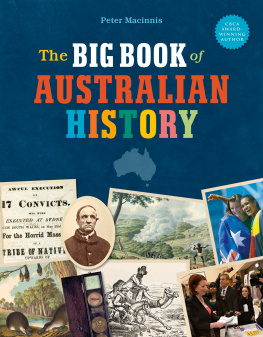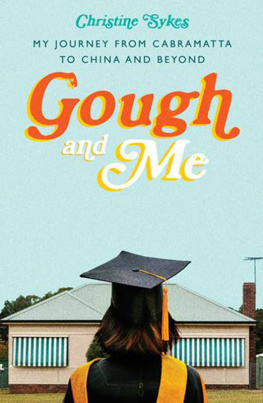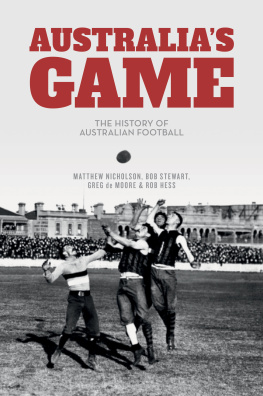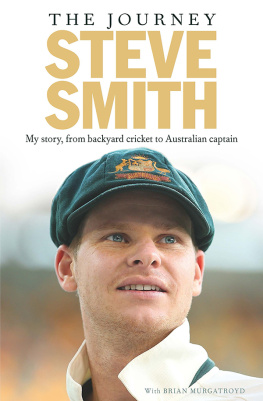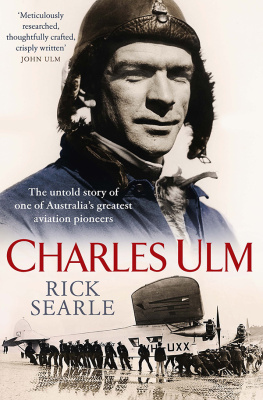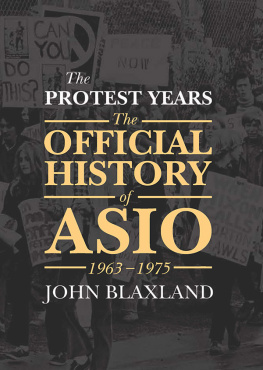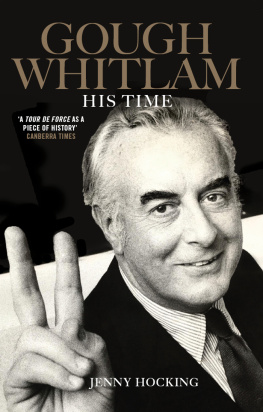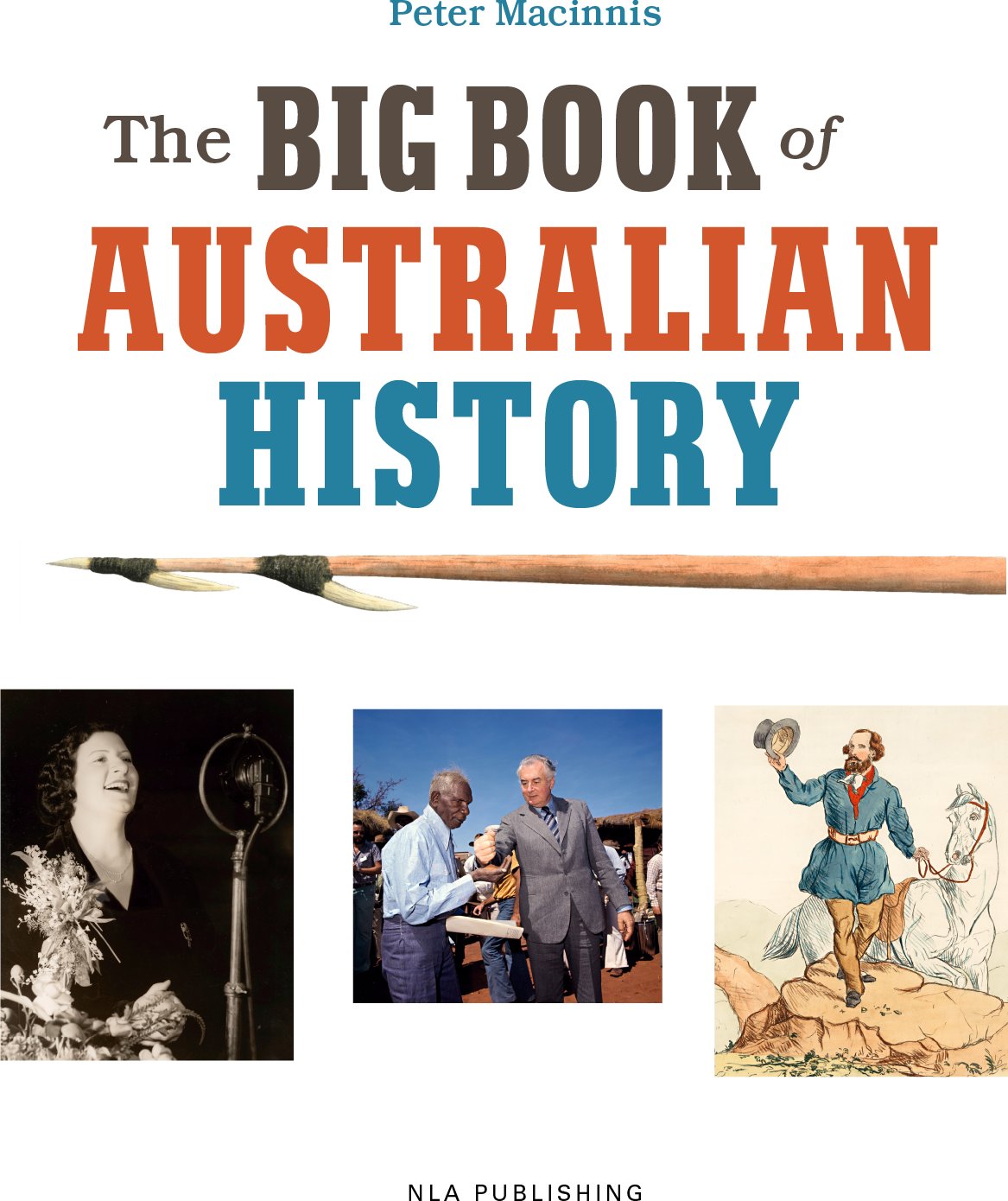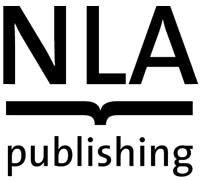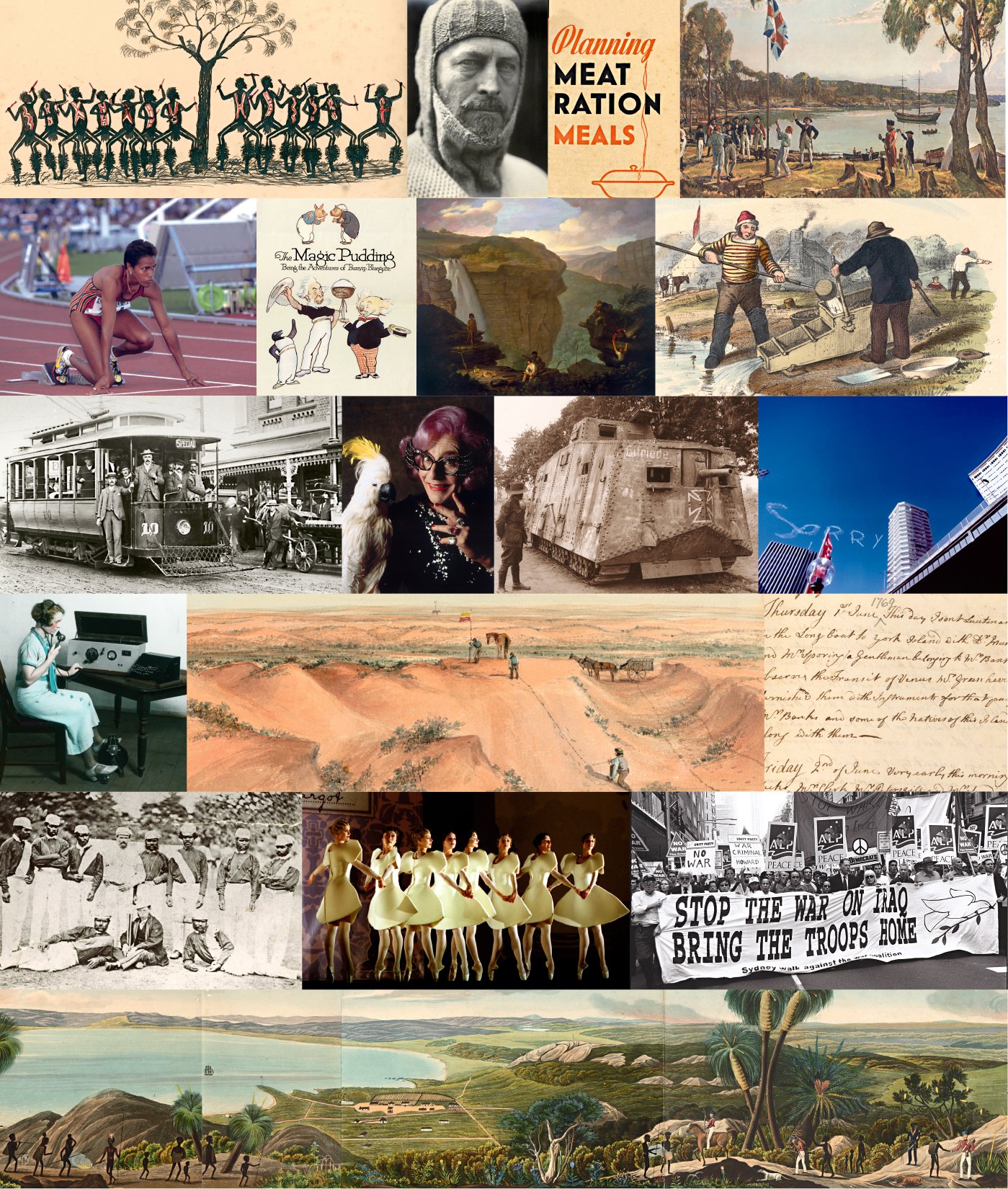Published by the National Library of Australia
Canberra ACT 2600
National Library of Australia 2013
Text Peter Macinnis
Books published by the National Library of Australia further the Librarys objectives to interpret and highlight the Librarys collections and to support the creative work of the nations writers and researchers.
Every reasonable endeavour has been made to contact the copyright and rights holders. Where this has not been possible, the copyright and rights holders are invited to contact the publisher.
Indigenous and Torres Strait Islander communities should be aware that this book contains images and names of people who are now deceased.
This book is copyright in all countries subscribing to the Berne Convention. Apart from any fair dealing for the purpose of research, criticism or review, as permitted under the Copyright Act 1968, no part may be reproduced by any process without written permission. Enquiries should be made to the publisher.
National Library of Australia Cataloguing-in-Publication entry
Author: | Macinnis, P. (Peter), author. |
Title: | The big book of Australian history / Peter Macinnis. |
ISBN: | 9780642278524 (ePub) |
Target Audience: | For upper primary school age. |
Subjects: | AustraliaHistoryJuvenile literature. Australia--Social conditionsJuvenile literature. Australia--Discovery and explorationJuvenile literature. |
Other Authors/Contributors: | National Library of Australia, issuing body |
Dewey Number: | |
Commissioning Publisher: Susan Hall
Editors: Stephanie Owen Reeder and Joanna Karmel
Designer: Susanne Geppert
Image coordinators: Jemma Posch and Kathryn Ross
Production coordinator: Melissa Bush
Indexer: Joanna McLachlan
Find out more about National Library Publishing at http://publishing.nla.gov.au.
The National Library of Australia would like to thank Debra Dank of the Indigenous Literacy Project, Fred Ford, Michael McKernan, George Nichols, Glen Rose, Roslyn Russell and Mary Webb for their help with this book.
Preface
This book provides a broad overview of the history of Australia from its earliest geological formations to the present day. The framework that underpins the narrative was developed in consultation with teacher-librarians and specialists in specific subject areas. The lively and engaging text by award-winning writer Peter Macinnis and illustrations from the National Library of Australia collections make the historical narratives in The Big Book of Australian History accessible to young readers.
The diversity of the Australian experiencefrom the culture of the Indigenous people to the contributions made by waves of settlers from countries around the globe is captured in the book. There are no lists of colonial governors or prime ministers, but there are many stirring stories about well-known (and not so well-known) people, all of whom have contributed to our national story.
There are also stories about how Australians have dealt with the challenges of living in this country in times of drought, flood, bushfire and other disasters. As the centenary of the World War I approaches, the impact on the national consciousness of Australias involvement in foreign wars is an essential component of the book.
No history of Australia could fail to mention our sporting achievements and the centrality of sport in the nations life. The book also examines Australian contributions in science and the arts, from our Nobel Prize winners to singers, dancers, actors, filmmakers and visual artists who have created imagery that conveys the distinctive qualities of Australian life, both Indigenous and non-Indigenous.
Rosyln Russell, Consultant Historian

Ancient Australia
Australia is an ancient land. Some Australian fossils are around 3.5 billion years old. Some of its surface rocks are about two billion years old, while one Australian plant, the Wollemi pine, belongs to a family that has been growing on the continent for about 200 million years. And the history of modern humans inhabiting Australia goes back tens of thousands of years.

Australia has unique animals and plants, including the platypus and the waratah.
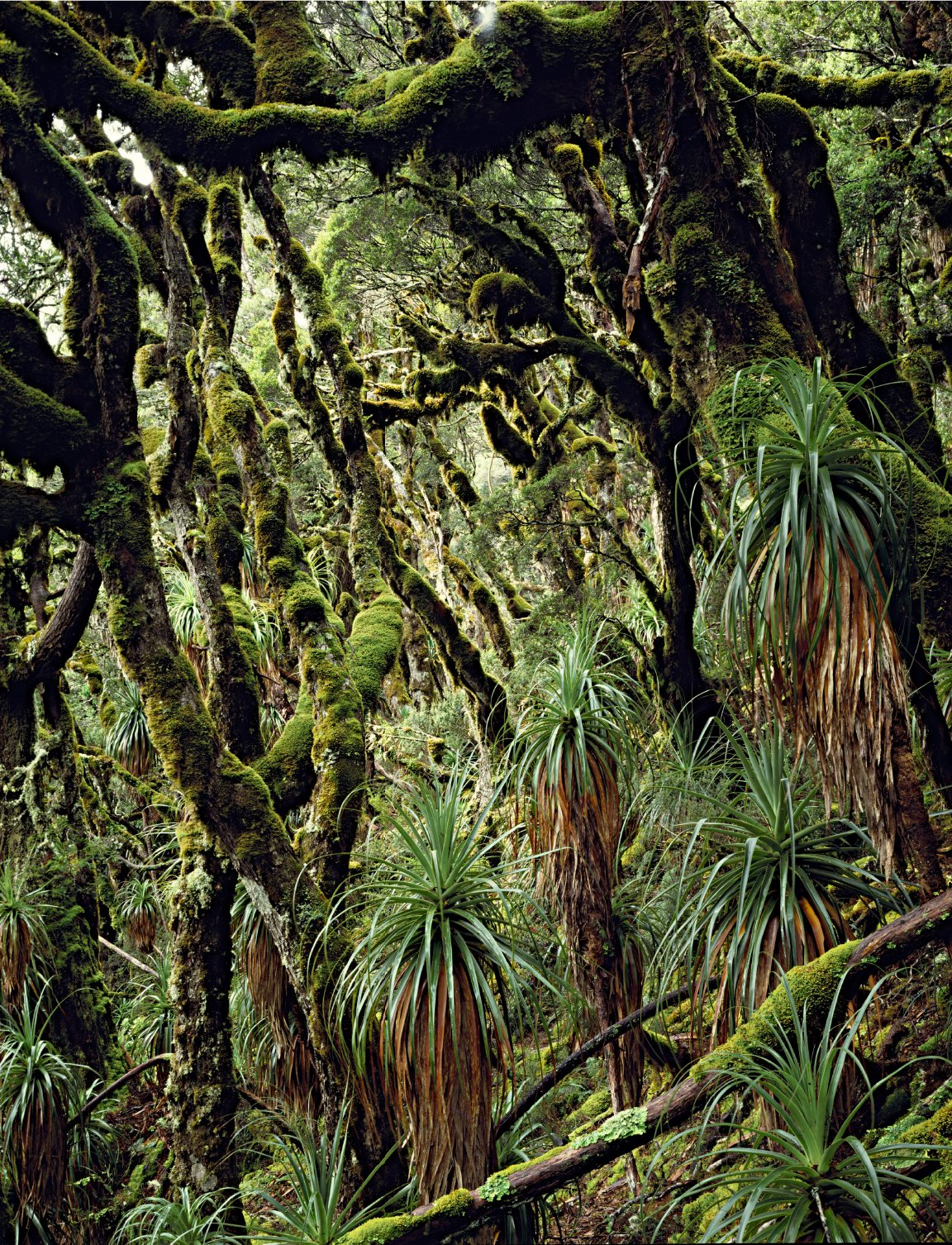
A rainforest in ancient Australia would have looked much like this.
Creating an island continent
Inside planet Earth, everything is so hot that even the rocks melt. The heat comes from radioactive atoms breaking down, and it makes the liquid rock move around like boiling water in a saucepan. Luckily, melted rock moves much more slowly than boiling water.
The Earths crust, the solid rock we live on, floats on this hot liquid rock. Sometimes the molten rock breaks through, making a volcano, but mostly it spreads out sideways under the Earths surface. Then the molten rock gets cooler and sinks again.
A hundred years ago, some people noticed that, on maps, South America and Africa looked like they fitted together, just like two pieces of a jigsaw puzzle. That made them think that the seven continentsEurope, Africa, Asia, Australia, Antarctica, North America and South Americamust have moved around. And so they came up with the idea of continental drift.
They could also see patterns in the way certain animals had lived in certain placesespecially monkeys, camels, horses and birds. These patterns made sense only if the continents had moved. The problem was that nobody could explain what made them move.
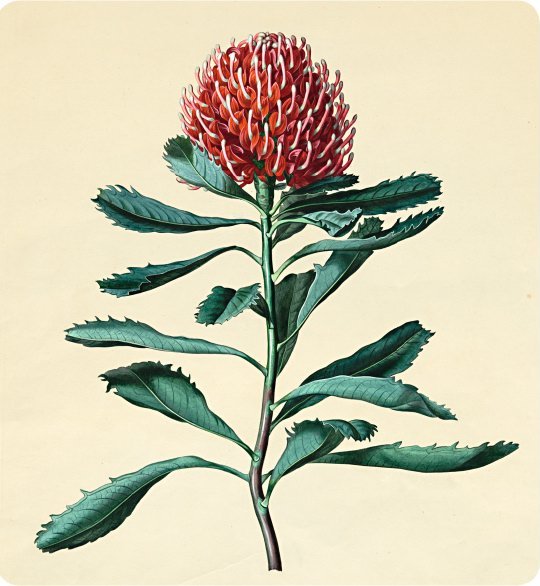
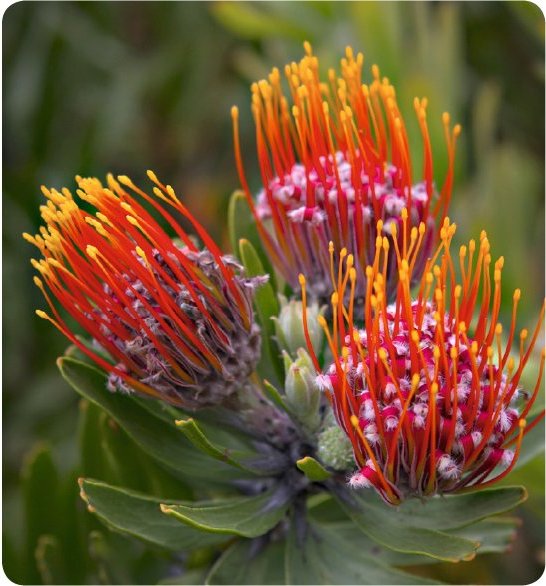
Two members of the protea family: an Australian waratah and a South African Protea
A platypus that bites!
There is an opal in the Australian Museum in Sydney that, around 110 million years ago, was the jaw of an animal like a platypus. This little animal had teeth, but adult platypuses do not have teeth now. The jaw was found at Lightning Ridge in New South Wales. It came from a relative of Australias modern monotremesechidnas and platypuses.
About 50 years ago, scientists realised that the pieces of the Earths crust, called plates, can move. They get pushed along by currents in the molten rock below them. That gave rise to the term plate tectonics.

